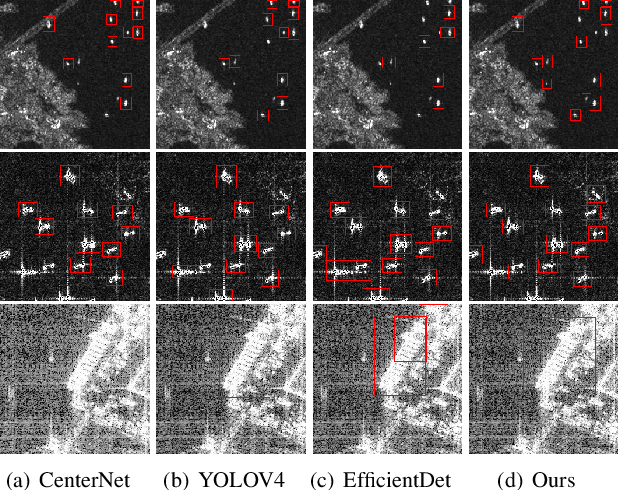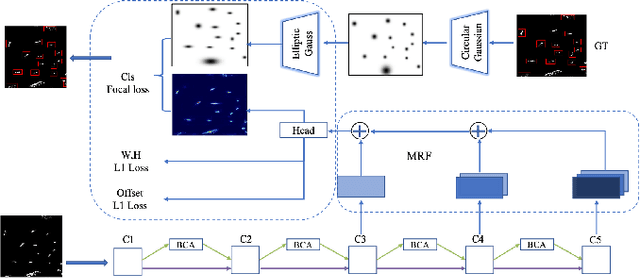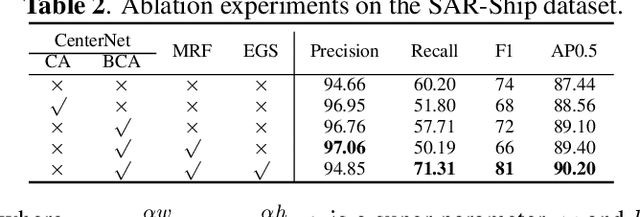Weiwei Yuan
MKDTI: Predicting drug-target interactions via multiple kernel fusion on graph attention network
Jul 14, 2024



Abstract:Drug-target relationships may now be predicted computationally using bioinformatics data, which is a valuable tool for understanding pharmacological effects, enhancing drug development efficiency, and advancing related research. A number of structure-based, ligand-based and network-based approaches have now emerged. Furthermore, the integration of graph attention networks with intricate drug target studies is an application area of growing interest. In our work, we formulate a model called MKDTI by extracting kernel information from various layer embeddings of a graph attention network. This combination improves the prediction ability with respect to novel drug-target relationships. We first build a drug-target heterogeneous network using heterogeneous data of drugs and targets, and then use a self-enhanced multi-head graph attention network to extract potential features in each layer. Next, we utilize embeddings of each layer to computationally extract kernel matrices and fuse multiple kernel matrices. Finally, we use a Dual Laplacian Regularized Least Squares framework to forecast novel drug-target entity connections. This prediction can be facilitated by integrating the kernel matrix associated with the drug-target. We measured our model's efficacy using AUPR and AUC. Compared to the benchmark algorithms, our model outperforms them in the prediction outcomes. In addition, we conducted an experiment on kernel selection. The results show that the multi-kernel fusion approach combined with the kernel matrix generated by the graph attention network provides complementary insights into the model. The fusion of this information helps to enhance the accuracy of the predictions.
SAR-ShipNet: SAR-Ship Detection Neural Network via Bidirectional Coordinate Attention and Multi-resolution Feature Fusion
Mar 29, 2022



Abstract:This paper studies a practically meaningful ship detection problem from synthetic aperture radar (SAR) images by the neural network. We broadly extract different types of SAR image features and raise the intriguing question that whether these extracted features are beneficial to (1) suppress data variations (e.g., complex land-sea backgrounds, scattered noise) of real-world SAR images, and (2) enhance the features of ships that are small objects and have different aspect (length-width) ratios, therefore resulting in the improvement of ship detection. To answer this question, we propose a SAR-ship detection neural network (call SAR-ShipNet for short), by newly developing Bidirectional Coordinate Attention (BCA) and Multi-resolution Feature Fusion (MRF) based on CenterNet. Moreover, considering the varying length-width ratio of arbitrary ships, we adopt elliptical Gaussian probability distribution in CenterNet to improve the performance of base detector models. Experimental results on the public SAR-Ship dataset show that our SAR-ShipNet achieves competitive advantages in both speed and accuracy.
 Add to Chrome
Add to Chrome Add to Firefox
Add to Firefox Add to Edge
Add to Edge